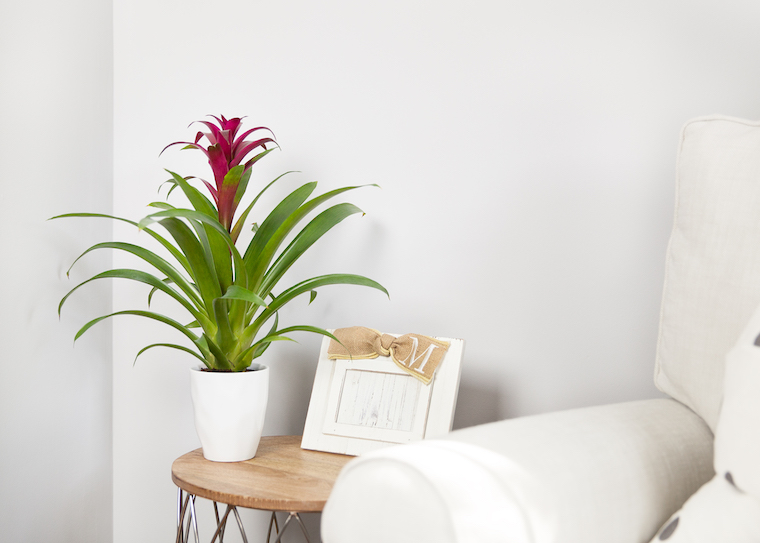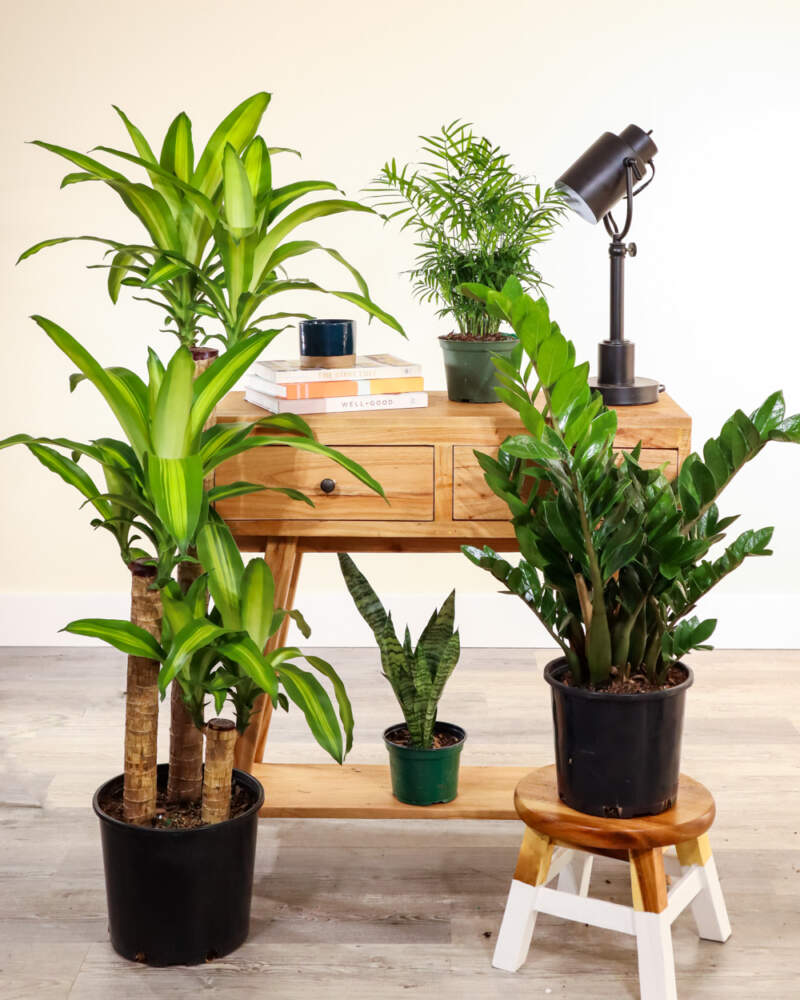Best Low-Light Indoor Plants That Add Greenery to Any Space with Little Light
Best Low-Light Indoor Plants That Add Greenery to Any Space with Little Light
Blog Article
Reveal the Tricks of Low-Light Indoor Plants and How They Enhance Your Setting
Low-light interior plants have actually garnered boosting focus for their one-of-a-kind ability to enhance both aesthetic appeal and environmental quality within work environments and homes. These durable varieties, including the Snake Plant and Peace Lily, not only prosper in difficult lighting problems but additionally play a critical role in air filtration and psychological health.
Benefits of Low-Light Indoor Plants
Although many individuals think that indoor plants require plentiful sunshine to grow, low-light indoor plants supply a plethora of advantages that make them excellent for different settings. Among the key advantages is their flexibility; they can thrive in rooms with limited all-natural light, such as offices, cellars, or rooms with small home windows. This feature enables individuals to improve their surroundings with plant, adding to improved aesthetic appeals without the demand for extensive lighting adjustments.
Moreover, low-light indoor plants can considerably boost indoor air high quality by launching and filtering unsafe contaminants oxygen, making living areas healthier. Research has shown that certain varieties can absorb contaminants, thus advertising a cleaner environment. Additionally, they can improve mental wellness by minimizing stress and anxiety and increasing productivity. The presence of plants has actually been connected to better sensations of tranquility and focus.
Moreover, low-light plants commonly call for less upkeep than their sun-loving counterparts, making them perfect for active individuals or those brand-new to gardening. Their strength allows them to thrive with marginal intervention, hence supplying a gratifying experience for plant fanatics and beginners alike. In summary, low-light interior plants serve both visual and useful functions, making them valuable additions to any type of area.
Leading Low-Light Plant Varieties
Low-light indoor plants come in a selection of varieties, each offering unique characteristics and advantages suited for dark environments. Among one of the most prominent ranges is the Serpent Plant (Sansevieria), understood for its air-purifying capacities and building leaves. This durable plant grows on disregard and can endure a vast array of light conditions.
One more superb option is the ZZ Plant (Zamioculcas zamiifolia), which includes shiny, dark green leaves and is extremely drought-tolerant. Its adaptability makes it a favored for workplaces and homes with restricted sunshine.
The Pothos (Epipremnum aureum) is additionally a leading challenger, with its trailing creeping plants and heart-shaped fallen leaves - Best low-light indoor plants. This functional plant can be trained to climb up or cascade, adding visual rate of interest to any type of room

Care Tips for Low-Light Plants
Caring for low-light indoor plants calls for a nuanced understanding of their specific demands to make certain ideal growth and vitality. It is crucial to choose the right potting mix, as a well-draining dirt is important to avoid origin rot. A mix developed for houseplants, frequently including peat moss and perlite, works well for most low-light selections.
Watering is one more crucial aspect of care. Low-light plants normally need much less frequent watering compared to their sun-loving counterparts.
Fertilizing needs to be come close to with care. During the growing period, a watered down liquid fertilizer can be used monthly, but in cold weather, lots of low-light plants enter inactivity and require little to no fertilization.
Finally, it is very important to occasionally cleanse the fallen leaves to remove dust, enabling far better light absorption. By sticking to these care pointers, you can grow a growing environment for your low-light indoor plants, boosting both their appearance and long life.
Enhancing Air High Quality With Plants
Indoor plants play a considerable role in improving air quality within homes and office spaces. Through the process of photosynthesis, these plants absorb her response carbon dioxide and launch oxygen, adding to a much healthier ambience. In addition, particular low-light indoor plants possess the ability to filter dangerous toxins, such as formaldehyde, benzene, and trichloroethylene, which are typically discovered in interior environments.

In addition, the existence of interior plants can boost humidity degrees, which assists alleviate completely dry skin and respiratory system problems, further enhancing overall wellness. This ability to enhance air top quality not just promotes physical health and wellness yet also supports mental health.
Including low-light indoor plants into your living and functioning spaces can cause a much more vibrant and invigorating atmosphere (Best low-light indoor plants). Spending in these natural air cleansers is an easy yet reliable technique for boosting indoor air top quality and cultivating a healthier way of living
Developing a Tranquil Indoor Area
The combination of plants into living areas not just improves air high quality however likewise adds to a peaceful atmosphere. Low-light indoor plants, such as snake plants and pothos, are particularly efficient in developing a peaceful atmosphere, as they thrive in conditions that may or else be unwelcoming for other greenery. Their lavish vegetation supplies a soothing aesthetic, decreasing tension and advertising leisure.
Incorporating these plants into your office or home can evoke a sense of peace and well-being. Purposefully positioning them in locations where you invest substantial time, such as living areas or work spaces, allows for an immersive experience with nature, which has been revealed to enhance mood and cognitive feature.
Furthermore, the gentle movement of fallen leaves in action to airflow can create a vibrant visual component that boosts the general atmosphere. Consider making use of a selection of plant elevations and structures to include deepness and interest to your room. With thoughtful placement and care, low-light indoor plants can transform any area right into a serene haven, cultivating not just aesthetic complete satisfaction yet mental and also emotional health.
:strip_icc()/philodendron-b37371f3-c7eb0d91eedb4946b5854c08914dc82c.jpg)
Final Thought
Incorporating low-light indoor plants right into check my blog various environments yields considerable benefits, including enhanced air high quality and improved visual allure. The transformative power of low-light plants underscores their value in improving both work and residential setups.
Although numerous people assume that indoor plants need plentiful sunlight to thrive, low-light interior plants supply a multitude of benefits that make them ideal for numerous settings.In addition, low-light interior plants can substantially enhance indoor air quality by releasing and filtering system hazardous toxins oxygen, making living rooms healthier. In addition, particular low-light indoor plants possess the capacity to filter damaging toxins, such as benzene, trichloroethylene, and formaldehyde, which are commonly found in interior environments.
Low-light interior plants, such as serpent plants and pothos, are specifically efficient in developing a peaceful setting, as they grow in conditions that may or else be inhospitable for other plant.Integrating low-light interior plants right into numerous settings returns substantial advantages, including improved air high quality and improved aesthetic charm.
Report this page